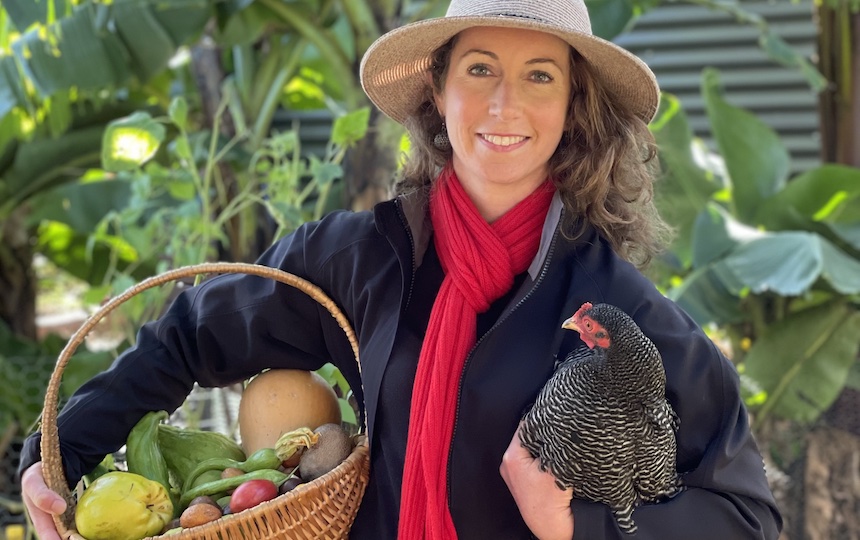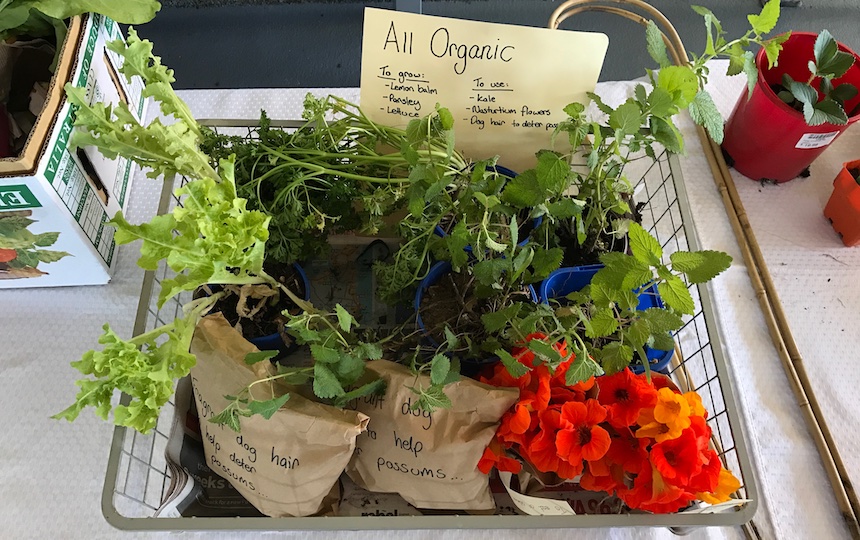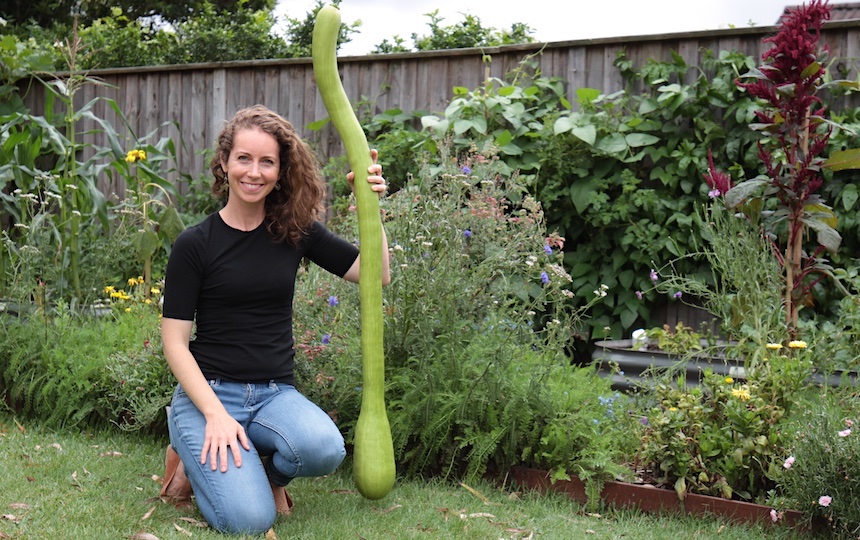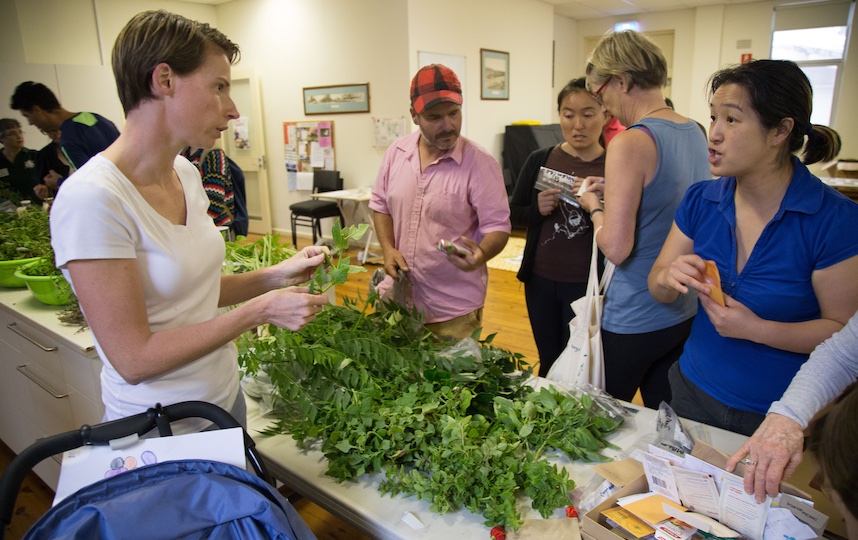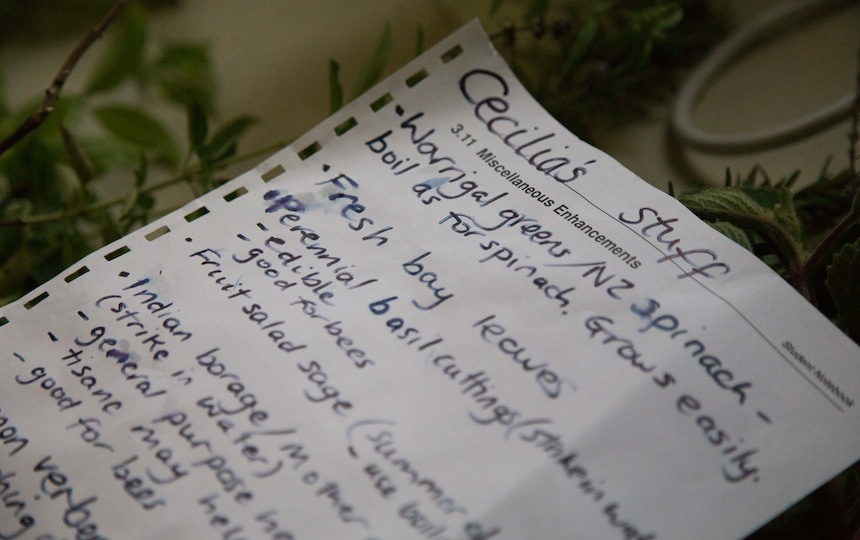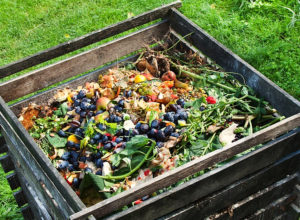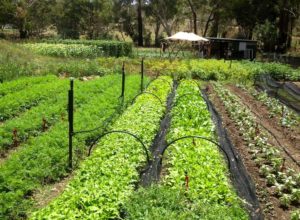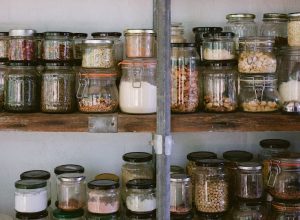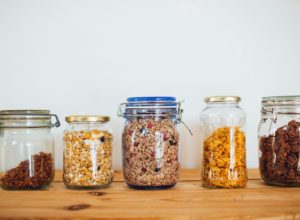Crop Swap founder Laurie Green reveals how her produce swapping initiative helps build community, reduce food waste and allows people to eat better, for less.
Laurie Green is a permaculture designer and consultant working on Gadigal land.
“People often laugh, as my last name – Green – is very well suited to this profession!,” says Laurie.
A keen advocate for a zero waste, sustainable lifestyle, Laurie was looking for a way to mitigate the excess produce waste from her urban vegie patch.
“Growing from seed for a small garden I had many more plants than I needed, but after nurturing them I didn’t have the heart to send leftovers to the compost,” Laurie reveals.
In 2015, Laurie launched her own Facebook Group – Crop Swap Sydney –which facilitated the swapping of homegrown produce, seeds and edible plants through local, cashless markets.
“From the first Sydney Group the initiative has grown nationally to form an audience of over 50,000 (plus a group in Vancouver, Canada!),” says Laurie.
We caught up with the passionate vegie gardener to find out more about how the Crop Swap network helps build community, reduce food waste and allows people to eat better, for less.
Laurie, what made you start Crop Swap?
Crop Swap was born from a need to mitigate the waste often experienced by urban growers.
I walked the streets peering over fences and chatting to neighbours, gifting tomato seedlings as I went. This was rewarding but time-consuming, so I looked to the existing social infrastructure of Facebook to extend the idea.
There are now Crop Swap Groups Australia-wide. The initiative enables people to meet their neighbours, swap excess produce and fairly barter with like-minded people for fresh, local and delicious goods.
Swappers can either come along to a free event or post a photo to their local Crop Swap Facebook Group. Some Groups also offer sustainable living workshops as part of their events to help people get the most out of their gardens.
All of the groups are run independently by people on the ground and operate in slightly different ways.
Crop Swap Cygnet & Surrounds in Tasmania starts their events with an introduction by each swapper who describes what they’ve brought. These exchanges tend to offer details about how the produce was grown, the best way to cook it and propagation methods, so that receivers can continue to enjoy this crop for years to come.
This aspect of education and connection is a much richer experience than what is gained by purchasing from a large scale supermarket.
What drew you to permaculture?
I completed my first permaculture training in 2012 and the ethos just clicked for me. It was the culmination of a lot of my core interests – nature, sustainability, and my formal training in design. It wasn’t until I had children though that I really sought to make permaculture a way of life.
Tell us about some of the personal ways you strive to live lightly on the planet.
At home we work hard to grow what we can in our urban permaculture garden. We support local producers where possible, shop in bulk to reduce waste, prefer to swap, share and buy within the circular economy, and aim to harness and store as many resources as we can.
Through Crop Swap, we have spent a lot of time cultivating a network of like-minded individuals, growers and businesses who are all interested in their excesses being used and valued rather than wasted.
We aim to use existing resources, from swapping edible flowers for sourdough with a local bakery and sharing our locally saved seeds to collecting coffee grounds from local roasters for use in compost. It’s fun to find uses for things that would otherwise have gone to landfill. This helps to save money, reduce waste and allows us to make community connections.
I feel privileged to be able to work on a wide range of projects. From designing urban permaculture gardens through to acreage, consulting for schools, and educating both children and adults about how they can implement more sustainable change.
As a family we continue to make lifestyle changes in order to live as sustainably as possible, but we acknowledge that we can’t do it all, all of the time.
As zero waste chef Anne Marie Bonneau says: “We don’t need a handful of people doing zero waste perfectly. We need millions of people doing it imperfectly.”
What advice do you have for those just starting out using Crop Swap?
Attending a swap can seem daunting at first but growers are a generous and proud bunch. Talking about gardening and food is an easy ice breaker. I guarantee that you’ll leave with more than you came with!
For me, there are so many reasons to grow and swap – to feel connected to nature, to develop ongoing local food loops, to practice patience working with the seasons, to reduce food waste, to teach my kids and to encourage local community.
The taste and freshness of homegrown produce is unparalleled, and the feeling that comes from sharing harvests with others makes the effort infinitely worthwhile.
Have you noticed an uptick in people using Crop Swap since cost-of-living pressures became a concern for many?
Definitely. Swapping is not a new idea but I sense that a greater number of people are returning to simpler ways of living and this concept just makes sense on so many levels.
I find that people swap for a variety of reasons – for its financial benefits, to teach kids where food comes from and the value of sharing, for health reasons and to connect with like-minded individuals.
What are some of your tips for those just starting out their vegie patches? What should novices start with?
Start small, harness the knowledge of your local community and grow what you like to eat!
Do you have any tips on how people can reduce the costs associated with growing their own food?
Even if you’re just starting out and don’t have much to swap most people are happy for their excesses to be put to good use. Do you have a skill that you can exchange for a few locally saved seeds? Can you bake or offer to return the swap with your future harvest?
Tool libraries, second-hand marketplaces or borrowing resources are also effective ways to get started on a low budget.
This quote from Theodore Roosevelt is often referenced in this context but is so applicable: “Start where you are. Use what you have. Do what you can.” There’s always a lot to learn but for me the process is very rewarding.

